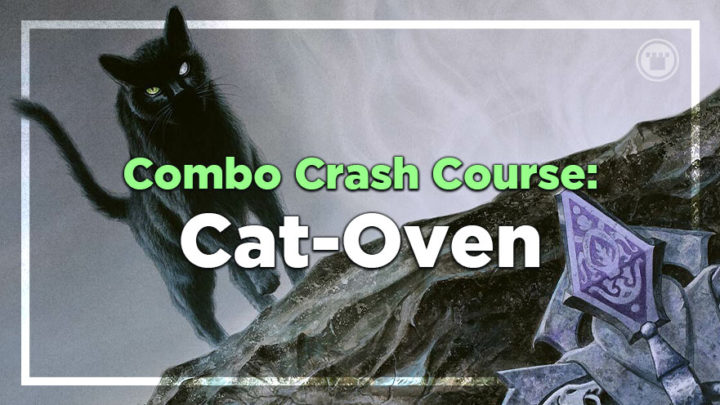The title of this series may be Combo Crash Course, but not all famous card combinations lead to the gameplay we would expect out of a “combo deck”. Combo decks are typically defined by their focus on building toward one explosive turn, often winning on the spot once their combo conditions are reached. That’s certainly the case for Splinter Twin and Living End, which were featured in our first two articles.
But sometimes the goal of your deck isn’t to instantly kill your opponent, but just making it impossible for them to win anymore. Certain card combinations can produce such a “lock”, assuring victory through decking or some perfunctory threat thereafter.
That’s where today’s featured combo comes in. Assembling the pieces doesn’t reliably win on the spot like a typical combo. Nor does it significantly restrict your opponent’s actions – other than making it very tricky to force through combat damage. What this combo does produce is an engine of looping effects to generate value and apply a reliable clock. Above all, it’s extremely resilient to both combo hate and traditional removal.
This inevitability propelled a common one-drop creature to the Standard banlist, and established top-tier decks across multiple non-rotating formats. Today, we’re serving up the combo that took Yuuki Ichikawa to a dominant victory in last week’s Innistrad Set Championship, and two of his teammates to the Top 8:
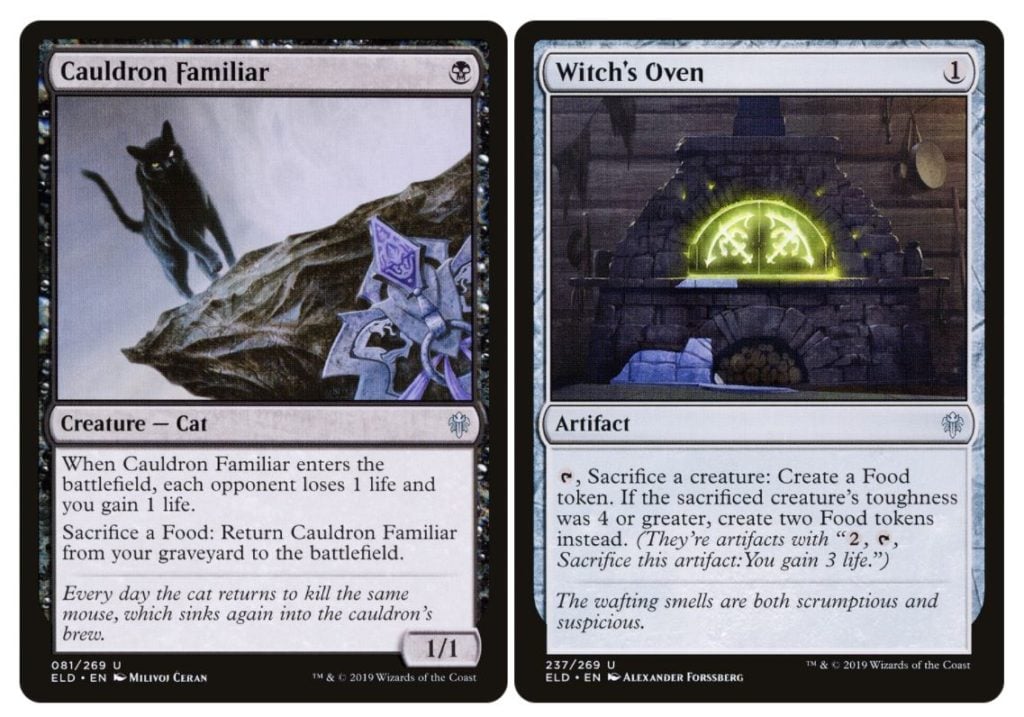
WHAT IS CAT-OVEN?
Cauldron Familiar and Witch’s Oven were clearly made for each other. Both cards debuted in Throne of Eldraine, along with the Food mechanic. Food tokens could be created in every color bar red, but black had some of the strongest support, drawing on fairy tales like Hansel and Gretel and general witchy aesthetics.
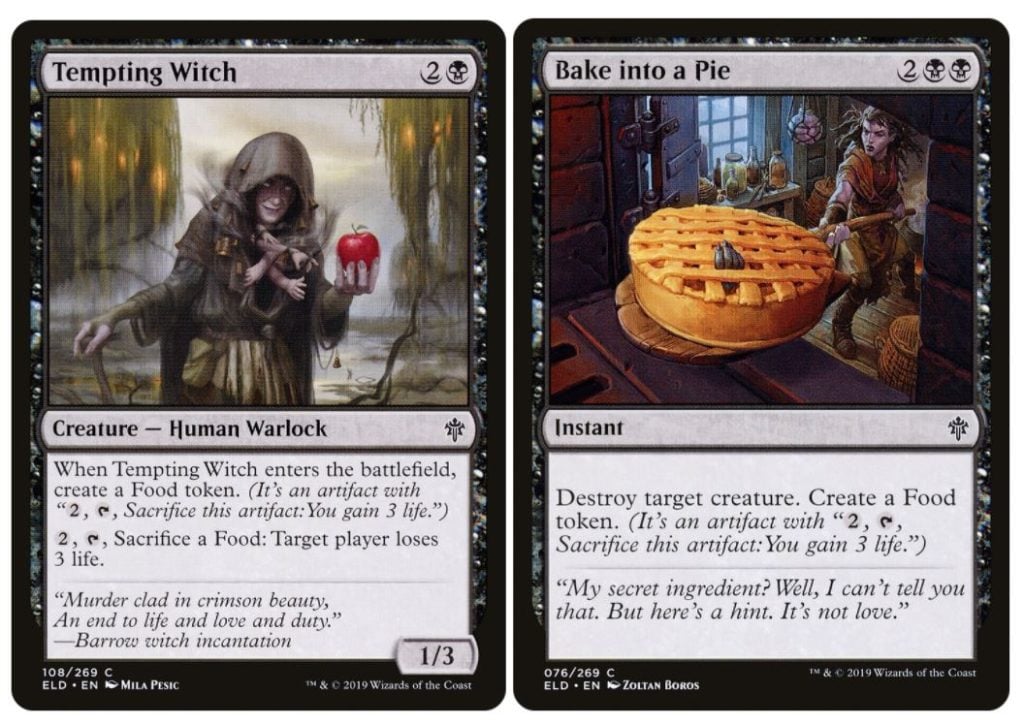
It’s hard to gauge the power of new mechanics, and without a long history of Food synergies to build upon, these cards had to be pretty strong if they were going to see Constructed play. So Witch’s Oven offers an unusually cheap sacrifice outlet for modern design – just one mana to cast and zero to activate. Even with the tap cost, this ensures the powerful effect is online very early and nearly always available thereafter.
Of course, the “payoff” is just a Food token: canned lifegain that costs mana to activate, about as innocuous as any resource in Magic. Unless, of course, you’re also playing some other card that can convert those Food tokens into a more useful effect…
Cauldron Familiar’s self-reanimating ability also might not seem that impactful at first glance, but it breaks several rules that similar re-usable fodder creatures almost always have to follow. There’s no mana cost, no timing restrictions, and no extra clause to prevent it blocking immediately. It also doesn’t need to consume some finite resource like “creature cards in graveyard.” It doesn’t have any rule to limit the number of extra lives it can enjoy, and you can even activate the ability more than once each turn – including in response to itself!
It’s rare that cards will even let you sacrifice a permanent with so little additional cost or limitation; R&D are very aware of what might happen otherwise! So the competitive potential of the Cat and Oven was always there, especially when the Cat’s own life-drain trigger eliminates the necessity of a third piece to make the loop lethal.
Once both pieces are in play, you just sacrifice the Familiar to the Oven, usually after attacking or blocking with it to maximize value. This creates a Food token, which you can use to bring back the Familiar straight away, or whenever it’s convenient. Either way, you’ll drain a point of life from your opponent in the process.
This basic form of the combo is an extremely slow kill, since you can usually only perform the loop once per turn. But that’s rarely the end of things when you’re dealing with a dedicated Cat-Oven deck!
CAT COMBO, A LA CARTE
Decks from Standard to Pioneer to Historic to Modern have feasted on the unprecedented slew of triggers created by the Cat-Oven engine. Since the basic combo is already great at keeping itself and its controller alive, additional pieces tend to accrue over the next few turns until the opponent is buried in value.
The most obvious extension piece is simply extra copies of Oven. Additional Familiars only really add redundancy, but extra Ovens both multiply the speed of your kill and make you even harder to disrupt. Looping several times a turn – all for no additional mana — is obviously great.
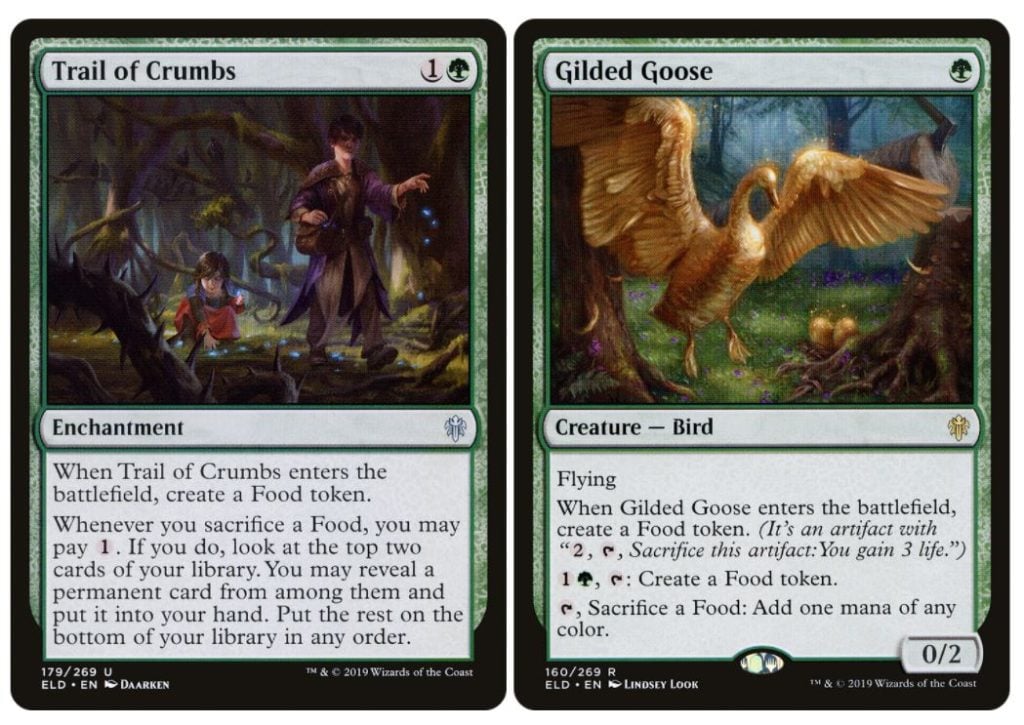
There are some other Food cards from Eldraine that have shown the impressive ability to scale even into non-rotating formats like Historic. Trail of Crumbs introduces an actual mana cost into your loops, but one mana for a card multiple times per turn is still a tremendous rate. The fact that it’s still quite good without Cat-Oven online – particularly in combination with Gilded Goose – has helped cement it as part of the deck in all formats.
There’s also a wide range of sacrifice or death-trigger synergies that you can use profitably with the engine. Standard builds played Judith, the Scourge Diva and later Mayhem Devil, which multiplied the damage dealt by each loop and crucially allowed you to spread the damage around to opposing creatures. This incredibly powerful board control brings the engine much closer to being a true lock, especially when any large or indestructible creatures can be snatched away by Act of Treason and fed into the Oven for some bonus Food.
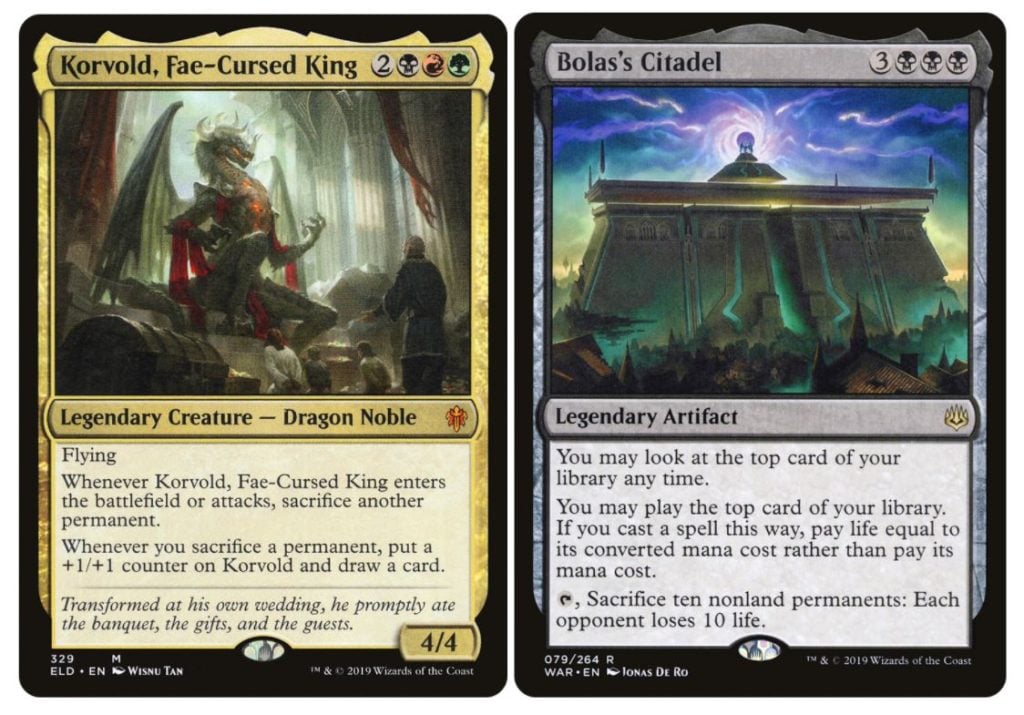
There are so many cheap creature options here that non-Standard builds of the archetype have adopted Collected Company – spewing multiple pieces onto the board at once denies opponents any chance to deal with them effectively. Alternatively, one can shoot for larger payoffs in the form of Korvold, Fae-Cursed King or Bolas’s Citadel. While costly, either one of these threats can deliver an immediate, explosive victory, which the Cat-Oven decks otherwise lack. They both boost the damage output of your loop and, more importantly, provide so much card draw that you’re guaranteed to find several more pieces right away.
A NEW SEASON OF KITCHEN NIGHTMARES
But with Ichikawa’s landmark win, Historic Cat-Oven is drifting the opposite way, cutting even the three-mana pieces like Mayhem Devil in order to become a two-color Lurrus of the Dream-Den deck. The powerful companion fits perfectly with this grindy, permanent-focused game plan, coming in late game to recur any pieces your engine is missing – including Oven, which can otherwise be a crucial weak spot.
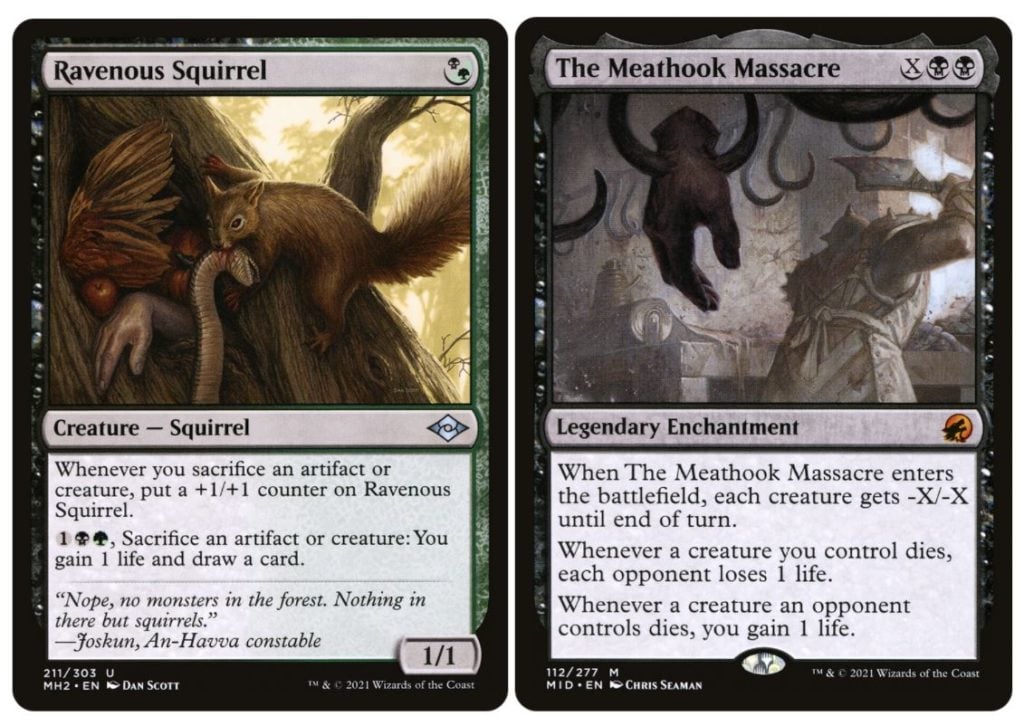
Replacing the three-mana payoffs are Ravenous Squirrel and The Meathook Massacre, both of which meet our requirements of low cost and flexible function. Together, they helped this build of the deck completely dominate the Innistrad Championship, with Ichikawa and two other teammates making Top 8 in an elite field.
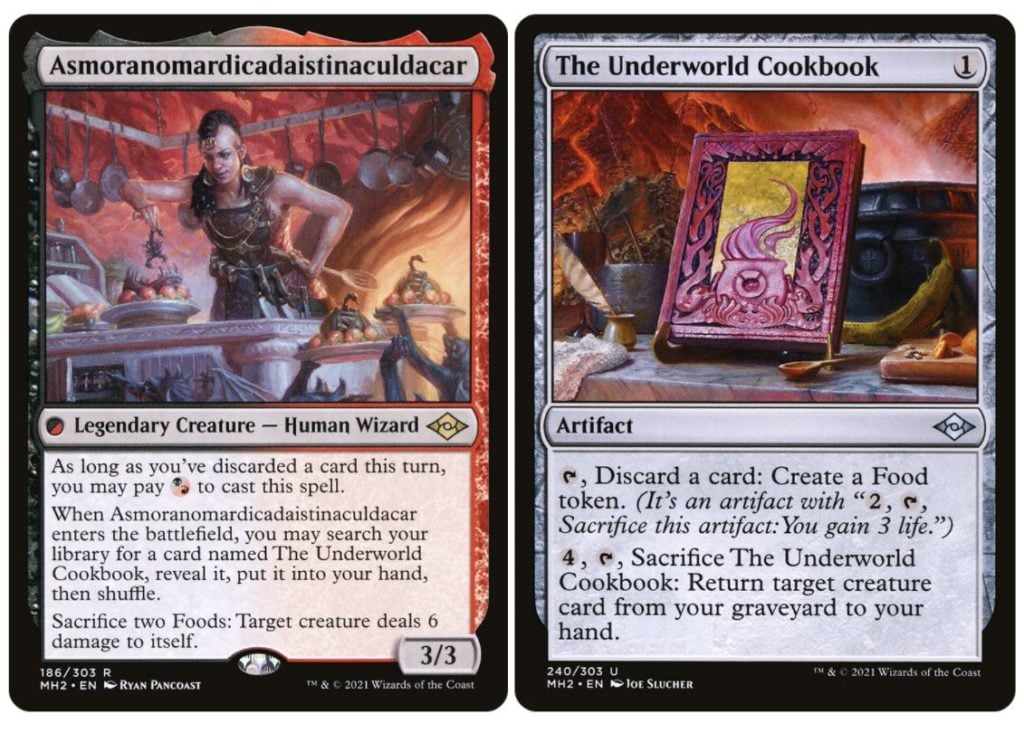
And even that isn’t the end of Cat-Oven’s potential, thanks to Modern Horizon 2 and the adorably-named “Hell’s Kitchen” archetype. The Underworld Cookbook and its author, (*deep breath*) Asmoranomardicadaistinaculdacar, give us two more incredibly efficient ways to make and use Food; the Cookbook even bypasses the need to cast your Familiar in the first place! Urza’s Saga is obviously one of the best cards in any format, and can dig up the important artifacts while creating immense, Food-buffed Constructs to close things out.
The number of ways to capitalize on all the discard, ETB, death and sacrifice triggers – of both creatures and artifacts! – is even higher in wide-open formats. In Modern, you have access to everything from Hollow One and madness cards, to Ovalchase Daredevil and Desecrated Tomb, to Feasting Troll King, to Emry and Urza himself in more artifact-heavy lists. It’s all good for eating at the Cat-Oven value buffet!
HOW TO BEAT IT?
Cat-Oven looks like quite an easy target for disruption on paper: it has to keep its pieces on the battlefield for several turns, where any of the five colors have excellent options for answering them. Even worse, the loop is vulnerable to nearly all the most common types of anti-combo sideboard cards: graveyard hate, artifact hate, and triggered ability hate.
But somehow, the opposite is true – Cat-Oven is among the most resilient combos of its kind and (like Splinter Twin) will often benefit from opponents who take some heat off their own attack in order to side in hate cards! The deck’s slower, more lock-like game plan and ability to control the board mean it has plenty of room to run removal for cards like Leyline of the Void or Stony Silence.
And apart from those static abilities, windows to effectively deploy hate cards are hard to find: the sacrifice and recursion effects let a canny Cat-Oven player shuffle their pieces from zone to zone in order to dodge exiling effects like Prismatic Ending or Surgical Extraction. Sacrificing Familiar can’t be responded to with removal since it’s considered the cost of putting the Oven ability on the stack. And if you try to respond to the reanimation ability by targeting Familiar in the graveyard, any spare Food tokens can save the Cat by re-activating the ability on top of the stack, so it resolves prior to your graveyard hate effect. Even the Oven can be “saved” from exiling effects by sacrificing it to Ravenous Squirrel or Deadly Dispute! The current deck is very effectively built to neutralize the threat of such targeted hate.
Even when combo hate can knock some engine pieces out of the game, the universal mana efficiency and freedom to activate in response means you’re almost always trading poorly on cards and/or mana to do so. There are no two permanents in Ichikawa’s list that don’t produce some sort of synergy, so even with key cards missing, the rest of the deck will continue shambling forward to overwhelm you!
BREAK THE OVEN AND RUN
So, what should your strategy be against these decks? As usual, the question isn’t about how to stop the combo permanently as it is about how to slow it down or hamstring its efficiency. Rest in Peace and other hate permanents put Cat-Oven on hold until your opponent draws into Mortality Spear or Feed the Swarm, since Trail of Crumbs can only pick up permanent cards.
This is particularly true of the new dominant Historic build, which eschews almost all interaction outside of some limited creature removal. The Familiar alone is not enough to out-race most decks in the powerful Historic format, so just try to deny the damage-multipliers like Ravenous Squirrel and The Meathook Massacre where you can. Lurrus will bring them back eventually, but the break in momentum should leave plenty of time to slam home a win with your own combo or evasive attackers like Arclight Phoenix.
One answer for those who want to drop a hammer on these decks are all-purpose sweepers, especially Culling Ritual. It’s very hard to chew through all the cards they accrue through Lurrus and Trail of Crumbs if you go one at a time, but by taking out a whole board, you can leave them many turns behind. Trying to rebuild the noncreature permanents in particular is a huge pain, especially without Trail – even effects like Blot Out the Sky or Cleansing Nova, which leave creatures behind, will be worth it.
Even if you only have one-for-one answers like Thoughtseize, counterspells or spot removal, fighting to keep Trail and Oven off the board (and, by extension, Lurrus) will do a lot to prolong your hopes.
NOW THAT YOU’VE GOTTEN FAMILIAR…
That’s really all there is to say about the history of Cat-Oven decks. Throne of Eldraine was only printed in October 2019, after all; this is one of the freshest combo archetypes to break out of Standard and into the wider world of Magic!
And despite the ban on Cauldron Familiar and the ire it drew at the time, there’s a lot to appreciate about the Cat-Oven loop. It promotes a mode of deck building that has otherwise fallen out of favor: building up an engine of interlocking permanents for incremental value rather than a linear, explosive win condition. While the Familiar itself is devilishly hard to stop, the deck is very much there to be interacted with, and offers opponents time to do so. The deck reminds me of classic Jund, and not just because of its color combination – it has modest but reliable threats and a grindy, mana-efficient game plan.
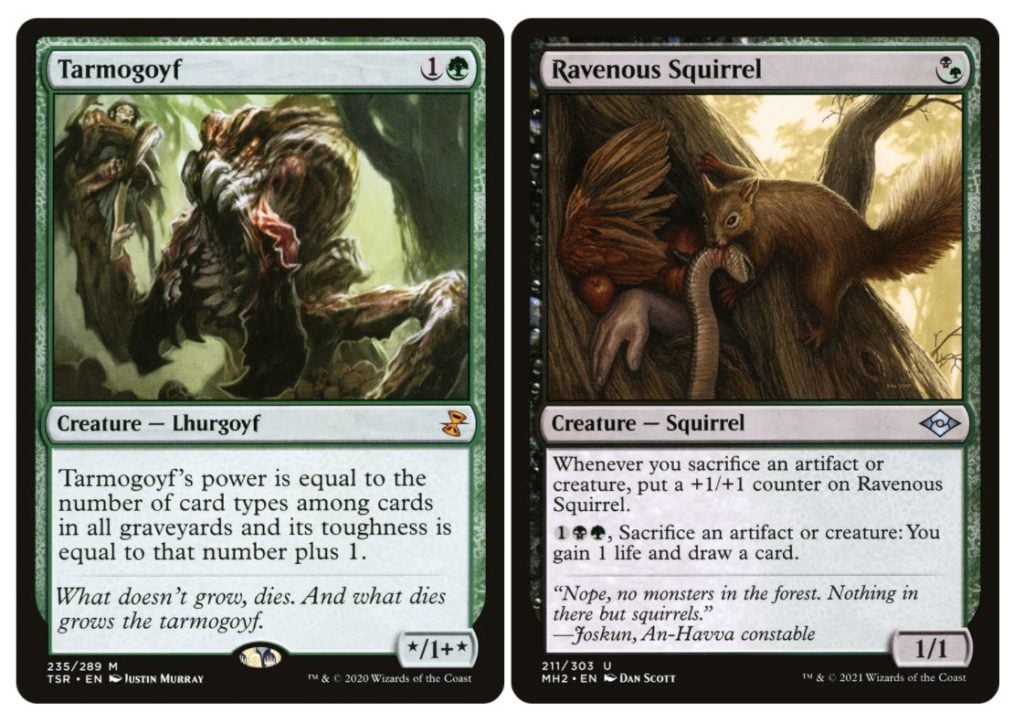
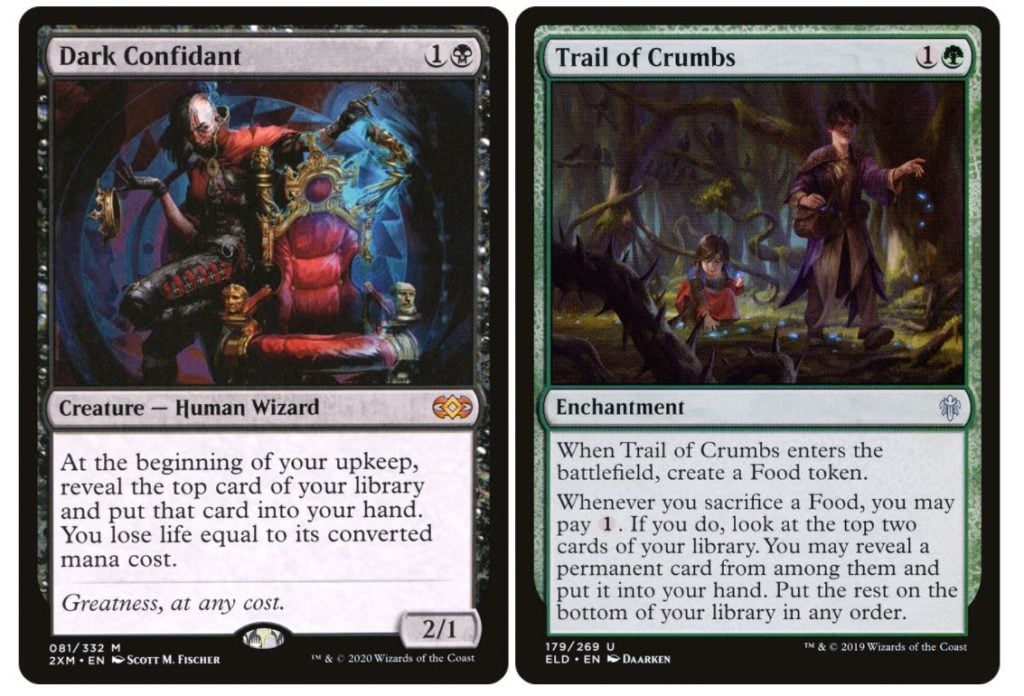
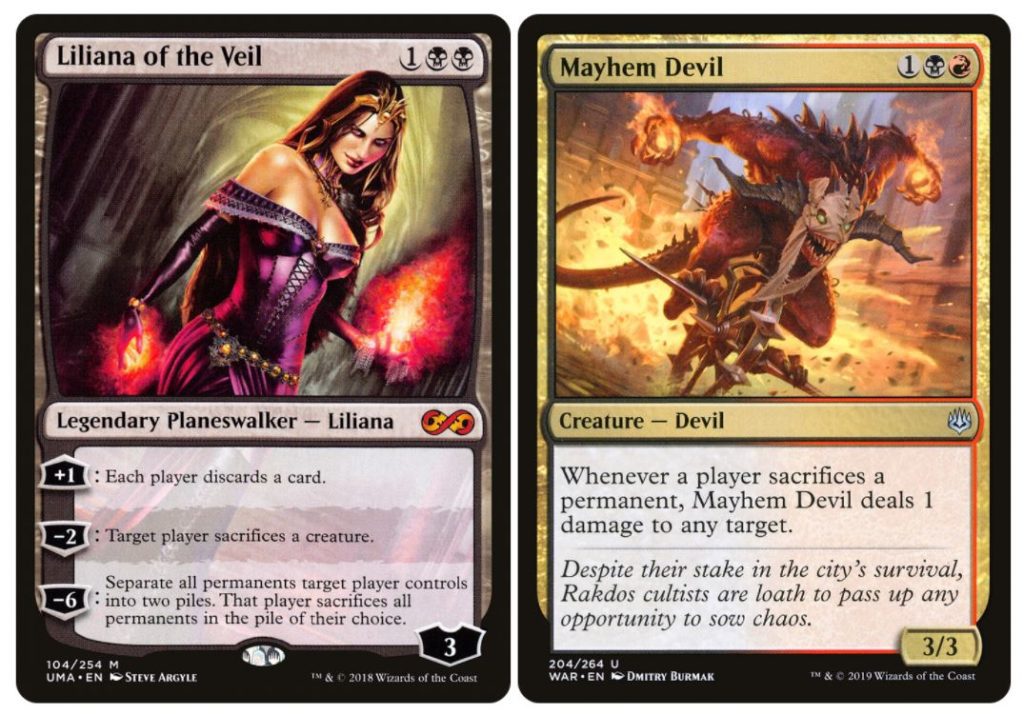
Magic players have been crying out for this style of “combo deck” just as much as the clean kill of Splinter Twin, or the all-in juggling act of Living End, Storm and Ad Nauseum. And if you happen to be one of them, then I hope you can learn to love the smell of roasting cats!

Tom’s fate was sealed in 7th grade when his friend lent him a pile of commons to play Magic. He quickly picked up Boros and Orzhov decks in Ravnica block and has remained a staunch white magician ever since. A fan of all Constructed formats, he enjoys studying the history of the tournament meta. He specializes in midrange decks, especially Death & Taxes and Martyr Proc. One day, he swears he will win an MCQ with Evershrike. Ask him how at @AWanderingBard, or watch him stream Magic at twitch.tv/TheWanderingBard.

